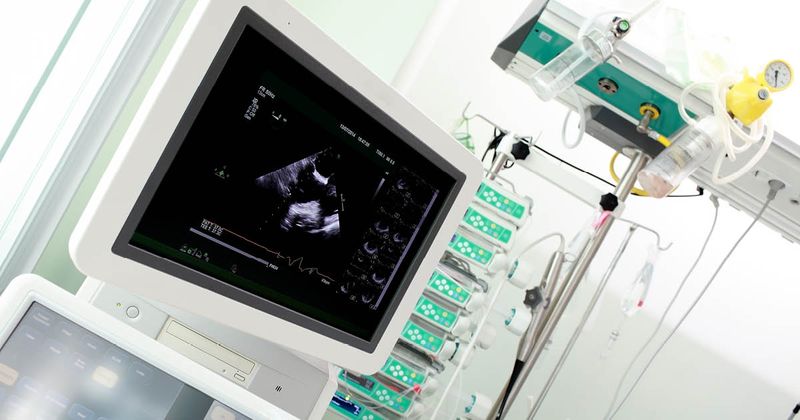In initial assessment of cardiac function by echocardiography, AI bests sonographers
In adults being evaluated for cardiac function by echocardiography, an initial assessment of left ventricular ejection fraction by artificial intelligence was superior to an assessment by a sonographer, researchers reported.
In addition, after a masked review of the LVEF assessment, cardiologists were less likely to substantially change their final report compared with the initial assessment if the initial assessment had been done by AI vs. a sonographer, David Ouyang, MD, cardiologist in the department of cardiology at the Smidt Heart Institute at Cedars-Sinai, said during a press conference at the European Society of Cardiology Congress.

The researchers conducted the investigator-initiated EchoNet-RCT trial, which Ouyang said was the first blinded, randomized trial of an AI system in cardiology, to determine whether an AI system could better interpret echocardiographic findings than sonographers.
“Echocardiography is the most common form of cardiac imaging,” Ouyang said during the press conference. “It dictates much of cardiovascular care, whether that’s treatment for heart failure, treatment for valve disease or many other indications. The challenge is that for echocardiography, there is variability in interpretation.” In prior studies, he said, variability has been in the 7% to 10% range, which is enough to change an assessment from normal to abnormal or vice versa.
The trial included 3,495 echocardiographic scans of adults undergoing assessment for LVEF (mean age, 66 years; 57% men).
After a run-in period in which sonographers checked that they themselves could annotate the scans, the scans were randomly assigned to initial assessment by AI or by sonographer. Cardiologists, who were masked to the method of initial assessment, then performed their own assessment of the LVEF.
The primary outcome was frequency and degree of change from initial assessment to cardiologist assessment of LVEF. A substantial change was defined as more than 5%.
Secondary outcomes included sonographer time, cardiologist time and change from historical cardiologist assessment.
There was significant change between the initial assessment and the cardiologist assessment 16.8% of time on the AI-assessed scans compared with 27.2% of the time on the sonographer-assessed scans (mean difference, –10.5 percentage points; 95% CI, –13.2 to –7.7; P for noninferiority and superiority < .001; mean absolute difference, –0.97; 95% CI, –1.31 to –0.61; P < .001), Ouyang said during the press conference.
“The cardiologists are less likely to change the initial assessment” when the initial assessment is performed by AI, he said.
Change from historical assessment, which compared the cardiologist assessment from the present study to the cardiologist assessment of the same scan in clinical practice, was 50.1% for the AI-assessed scans and 54.5% for the sonographer-assessed scans (mean difference, –4.5 percentage points; 95% CI, –7.8 to –1.2; P = .008; mean absolute difference, –0.94; 95% CI, –1.34 to –0.54; P < .001), according to the researchers.
That finding also shows “there is more consistency with cardiologists when they use AI assistance,” Ouyang said.
Sonographer time was much less for the AI-assessed scans compared with the sonographer-assessed scans, as was cardiologist time (P < .001 for both), Ouyang said during the press conference.










